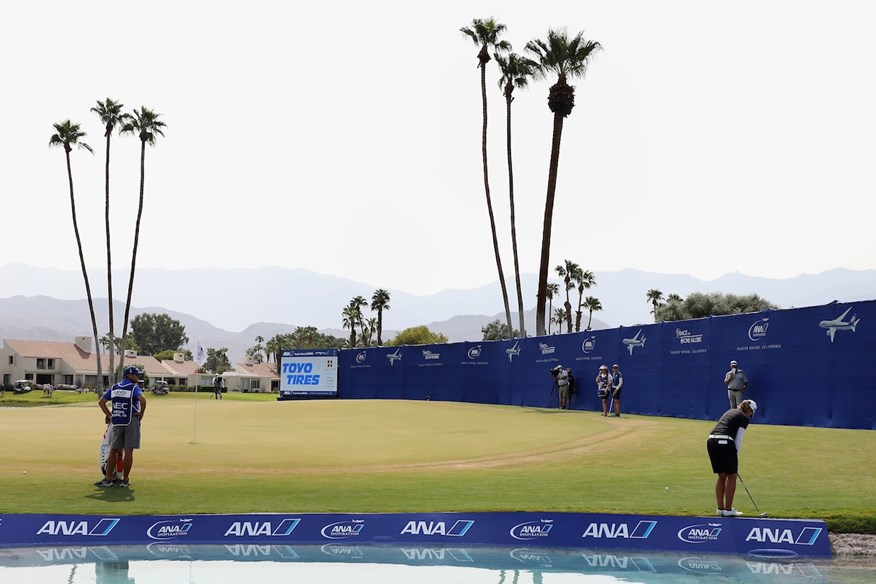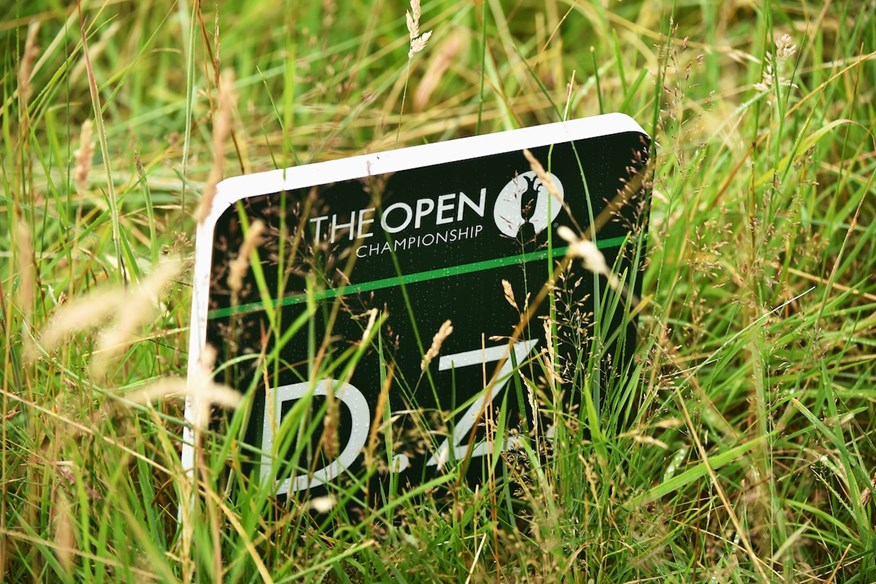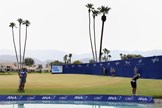What is ‘grandstanding’ in golf?
Published:
It’s one of the more controversial tactics in golf – but what is ‘grandstanding’ and why do people get so upset about it?
Grandstanding is quite the contentious issue in the world of tour golf.
Sometimes referred to as ‘grandstopping’ or ‘backboarding’, the act of grandstanding refers to when a golfer deliberately aims shot at the grandstands surrounding a green – usually the 18th – to use it as a backstop.
If a player misses the green, using the bleachers as a safety net can not only prevent them from finding themselves in a tricky spot, such as long rough or a water hazard, but will often come with a free drop near the putting surface thanks to the Rules of Golf dictating players must get relief without penalty should their next shot be hindered by a temporary structure.
So why is grandstanding such a controversial move?
While grandstanding is not illegal within the laws of golf, it as against the spirit of the game.
And it’s had quite the say in the outcome of major championships, too.
The most famous example in the men’s game is perhaps Brooks Koepka at the 2019 PGA Championship.
Koepka was faced with a tricky shot into a hole on the notorious Black course at Bethpage when he decided to purposefully hit into the grandstand that hugged the rear of the green. His ball hit the stand and dropped down, and as grandstands are listed as Temporary Immovable Obstructions – or TIO – he was granted a free drop in a favorable lie on the fairway. From there, it was a routine up and down en route to lifting the fourth of his five major championship titles.
But perhaps the most bizarre and controversial example of grandstanding came at the first LPGA major of the season.
At the 2020 ANA Inspiration, which was played on the Dinah Shore course at Mission Hills in California, organizers erected a huge structure behind the 18th green to promote the championship’s headline sponsor.
Dubbed the ‘Big Blue Wall’, it was put there in place of a grandstand as, due to the Covid pandemic, no spectators were allowed in.

The LPGA were heavily criticized for the decision, as it served as a backstop and prevented players finding the water beyond the green. Their argument, of course, was that in any other year there would have been a grandstand there.
Which begs the question: why have the water hazard in the first place?
Five years later at the very same tournament – now known as the Chevron Championship and played at Carlton Woods in Texas – there was more controversy when Ariya Jutanugarn’s approach the par-5 18th cannoned into the grandstand and left her in some thick rough.
She failed to get down for par in what was one of the more bizarre finishes to a major championship that left Golf Channel pundit Brandel Chamblee furious.
Is there a solution to prevent it?
Well, the R&A seem to have it nailed for The Open.
How?
They just make their drop zones look like this…

Oof. Maybe just aim for the green, chaps…



